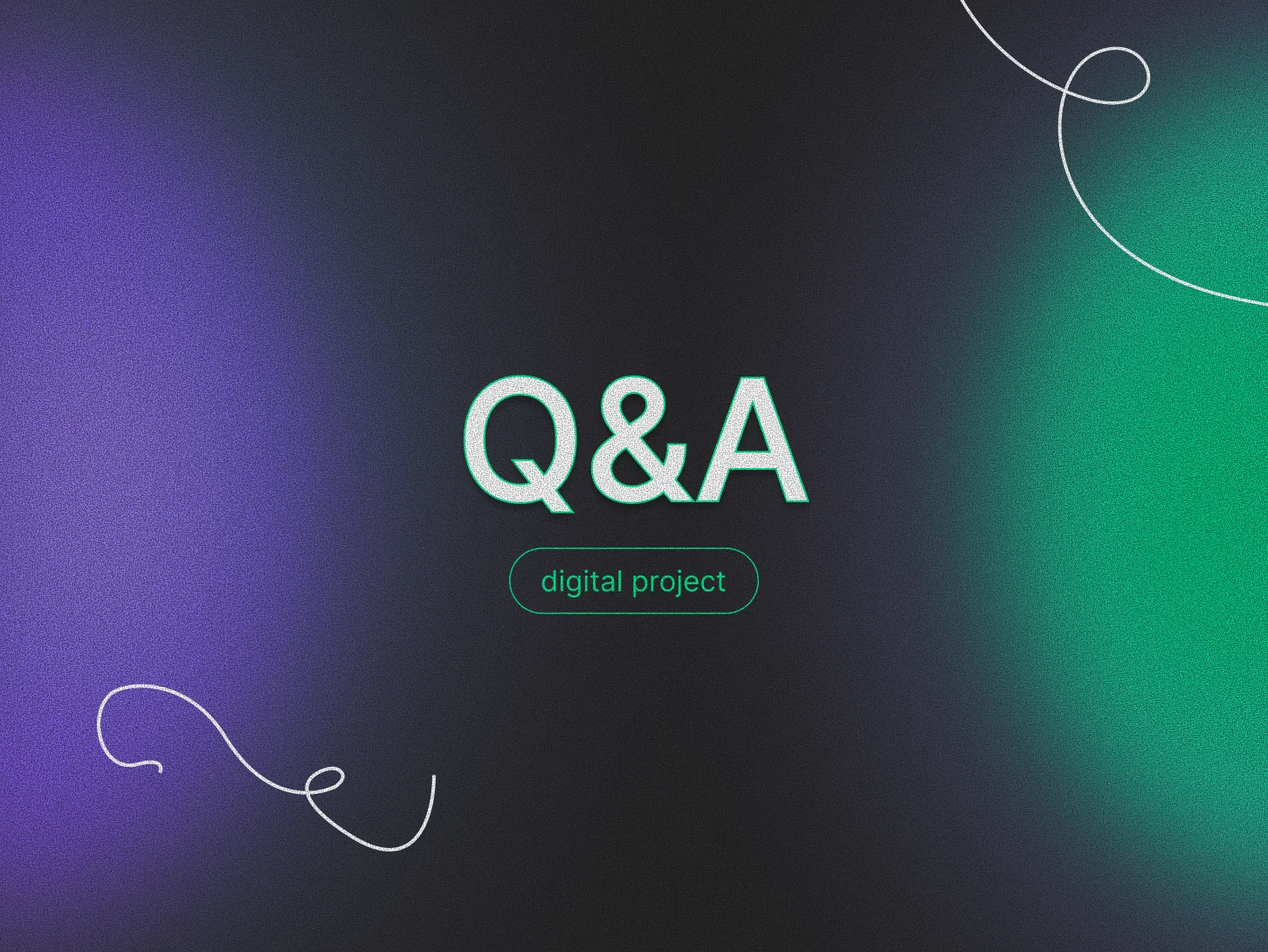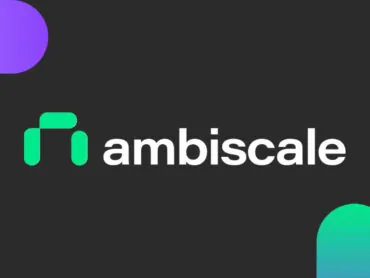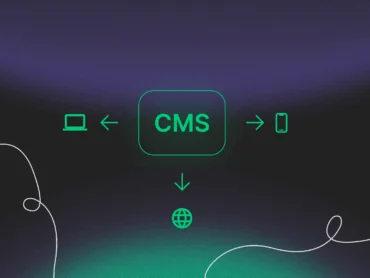Digital project Q&A: what to know before you start working with a new tech partner

Whether it’s building something new or taking over an existing solution, before starting any digital project clients often come to us with a bunch of questions. Here we gathered the most frequent ones in a practical Q&A format. If you’re preparing to start a cooperation with a technology partner, this guide will walk you through what to expect and how to prepare – so that your transition, from concept to implementation or from one provider to another, is efficient and stress-free.
Scenario 1: Starting from scratch
You have an idea for a digital product – a website or an application – and you’re looking for a partner to design, develop, and launch it.
Q: All I have now is an idea. What do I need to prepare before the first conversation with a tech partner?
A: You don’t need to come with full documentation, but it’s helpful to have a general concept of what the product should do and who it’s for. If you don’t have a technical brief, we’ll guide you through a discovery phase – a structured process of workshops and analysis where we define requirements, user flows, and priorities.
The result is a complete documentation package: a functional specification (sometimes supported by low-fidelity mockups) that describes exactly what needs to be built. This document can then serve as a foundation for design, development, or even investor discussions.
In a nutshell, the discovery phase results in a clear, validated concept for your product or service, ready to move into production. You’re free to decide whether you want to continue working with us or take the materials elsewhere.
Q: What are the next steps after discovery?
A: Once the discovery phase is complete, we move on to the estimation and negotiation stage. Based on the documentation created during discovery, we can prepare a detailed proposal for design and development.
With a clearly defined scope and the decision you’d like to keep working on the project with us, we can move forward. The next stage is design, where together we explore visual direction, benchmarks, and aesthetic expectations. After that comes development, where the product starts taking shape. Throughout this process, you’ll have a dedicated Project Manager (PM) who keeps communication clear, provides status updates (usually weekly or biweekly), and ensures everything runs on time and within scope.
The PM will also be your contact person – no matter what questions come up, or a matter pops up to be resolved – you always know who to reach out to.
Q: What will I need to provide before launch?
A: At the deployment stage, we’ll need:
- a domain name & access to the domain registrar to redirect the DNS settings;
- hosting or server space (either provided by you or via Ambiscale Cloud Datacenter private cloud);
- an SSL certificate and relevant access credentials.
We’ll handle all configurations and make sure everything is set up securely and efficiently.
Q: What happens after launch?
A: That’s the important part – as the product starts to live it’s live after the launch. We offer post-launch maintenance and support. That includes updates, security monitoring, performance optimization, and optional further development. You decide whether you’d like us to keep managing and evolving your digital product. Keeping the co-operation going, you may stay calm about the performance of the site, security, plugin updates and pro-active site improvements – as we’ll cover all of these for you.
Q: How long does a typical project take?
A: It all depends on the scope of the project, really. We’ve done POC (proof of concept) projects within a month, and we have clients who trusted us years ago and still work with us on their digital products and services. The important part is that within the planning phase, we prepare a timeline for every stage of the project, so you’ll know the expected time of implementation from the very beginning.
Q: Can we make changes mid-project if new ideas come up?
A: The discovery phase described above is the stage that allows us all to make pivots in the original idea, as we take a look at the project as business as a whole, not just the technical aspects of it. Once we agree on the scope of the project, changes are of course possible, but will also affect the timeline, the required working hours of our specialists etc. – it’s crucial to be aware of that.
Q: How do you ensure transparency in progress and costs?
A: As our client, you get access to a client panel where you can see the utilization of hours in the project. You can view how many hours have been logged under each task, both new features and maintenance. That’s how you get full transparency – you can monitor the progress daily.
Scenario 2: Moving from another digital service provider
You already have a website or application but are considering switching to a new technology partner.
Q: Where do you start from when taking over an existing project?
A: Before we agree to take over any project, we always start with a technical audit. It’s a detailed review that helps us (and you) understand the current state of the system – its quality, security, and performance.
We look at code quality, server setup, accessibility, usability, and overall performance. This process usually takes 2–3 weeks and involves several specialists. After the audit, you receive a full report with:
- current condition assessment,
- risks and technical debt,
- recommendations on what should be fixed first.
Sometimes, the best decision is to rebuild from scratch rather than patch existing issues – and we’re always transparent about that.
Q: How soon can you take over after the technical audit?
A: Usually within a week after the audit is completed.
Q: What do you need from me to perform the audit or take over the service?
A: We’ll need:
- admin access to your CMS and hosting/server
- access to your code repository (if available)
- any project documentation
- information on integrations (APIs, plugins, external tools)
- not necessary, but nice-to-have: a backlog of upcoming tasks
The more details you provide, the faster and more accurate our audit will be.
Q: What happens if you find serious issues during the audit?
A: In each case, we present clear options:
- You can decide to fix the issues with us (we’ll prioritize critical ones first).
- You can continue using your current setup, but we’ll recommend a higher maintenance rate to cover potential risks.
- Or we might suggest a full rebuild if that’s the most cost-effective long-term option.
The decision is always yours and we’ll have your back no matter what you decide.
Q: What if I don’t want my current provider to know that I’m considering switching?
A: That’s a common concern resulting from a variety of reasons. The good news is we can work “in white gloves”. If you have admin or root access to your server, we can create a local copy and perform the audit in our own environment without your current provider knowing. We coordinate this carefully with you to avoid disruptions or unnecessary tension.
Q: Who will manage my project after the transition?
A: Each client works with a dedicated team – a project manager, lead project developer, backup developer, tester, and a tech lead overseeing technical consistency.
The person who performs your audit often stays involved later as a developer, ensuring continuity and deep understanding of your system.
You’ll always have one point of contact – your PM – and a transparent view of progress through our client dashboard.
Q: How do you handle maintenance after takeover?
A: Our maintenance plans include:
- continuous monitoring (uptime and functionality checks)
- security and software updates
- performance optimization
- dedicated development hours per month
We operate in a subscription model with clear SLAs (service level agreements), guaranteeing response times – from business-hours support to 24/7 monitoring, depending on your needs.
Q: What if the project was built with a technology you don’t use?
We’re working on projects in various types of technologies, so try us anyway. If a technology change would be justified from a business perspective, in your specific case, we’ll be fully transparent about that, but in the end the decision is yours.
Q: Will my users notice any downtime during the transition?
A: No, switching to a new technology partner doesn’t mean any downtime for your users. If the transition involves moving to a new server, there might be a short maintenance window – usually just a few hours at night – but that’s handled on a case-by-case basis. In most situations, the migration is seamless and users won’t notice any disruption.
Q: Can you support me in migrating from my current hosting service to a different one?
A: Yes, we provide full support for DevOps services, including migration if needed. We can carry out a secure transfer to the hosting provider of your choice, or we can offer hosting as a part of our comprehensive private cloud service – Ambiscale Cloud Datacenter. In the latter case, you receive not only assistance with the migration itself but also ongoing infrastructure management focused on performance optimization, server space control, and security, as well as extended SLA options, including the option of 24/7 service monitoring and instant intervention in case of an incident.
To sum up
Our goal is simple: whether you’re just starting your digital product journey or considering switching from another tech partner, we want you to feel safe and cared for throughout the process. Trust, transparency, and clear communication matter as much as technology itself. Our goal is to give you peace of mind deriving from the full confidence that your digital project is in capable hands – delivered on time, within budget, and performing reliably every day. If the approach resonates with you, get in touch – let’s see how we can build (or rebuild) something great together.


